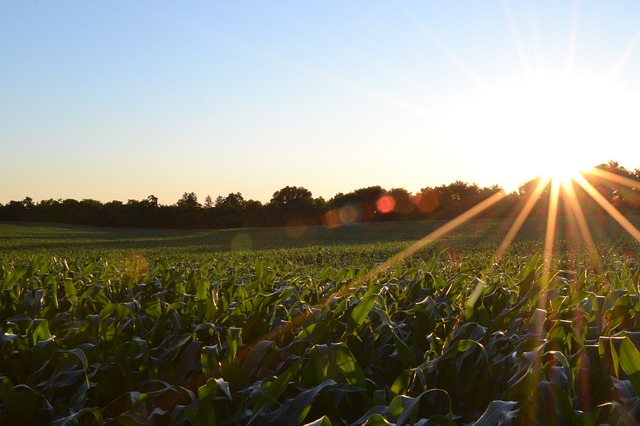Should No-Till Farming Be Adopted by All to Help the Earth?
Farmers around the world are looking for innovative methods to save water, reduce costs and produce higher yields. No-till farming is a popular practice to improve soil quality and reduce soil erosion. Instead of using a plow to disturb soil before planning, it employs a drill or alternative equipment to grow crops without breaking the ground.
Is no-till growing as great as it’s made out to be? Should it be adopted by all to help the Earth? The answer is yes and no. What it really comes down to is the type of no-till farming, and whether it is being used in collaboration with other environmental conservation practices.
In the United States, most no-till cultivation is conventional and uses a drill to plant monocultures like corn and soybeans. This method actually requires more herbicides than regular tillage.
However, there is another type of no-till farming that depends more on supporting the natural ecosystem and minimizing disruption to the soil. Regenerative agriculture is all about returning carbon to the ground instead of farming it out.

